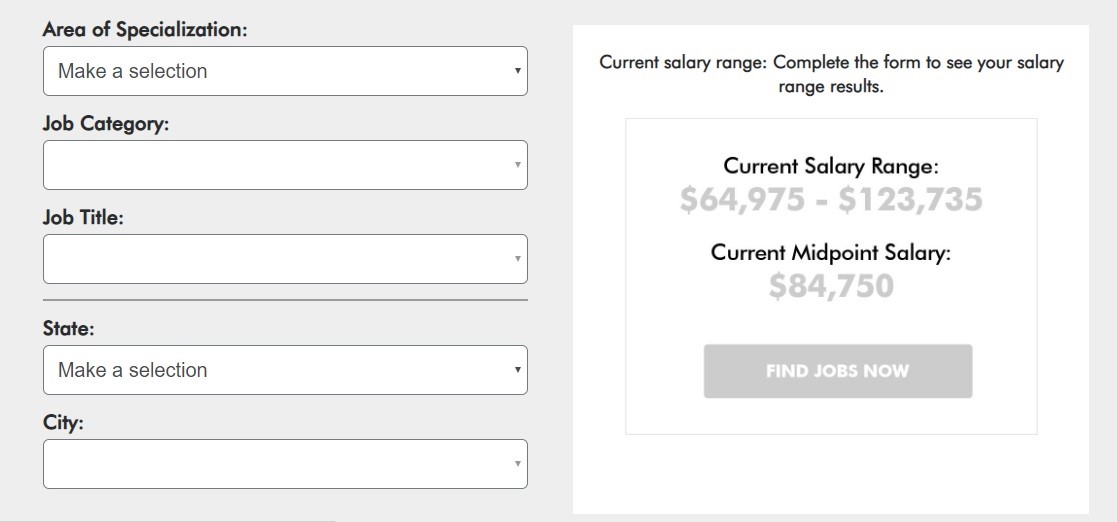So you have decided on a candidate whom you think is perfect for the position. Now comes the most important part of recruiting, the employer salary negotiation. From your previous experience, you know that it’s not an easy task.
There are so many things that you have to keep in mind while negotiating salary with a prospective employee. You have to consider your existing pay-scale, your budget, how badly you want this candidate for the position, and more.
You have to conduct thorough research and consider many factors before you finalize your offer. And you want to make sure that the candidate will accept the offer happily and that they will remain a loyal employee.
39% of employees want to negotiate their salary. So you can’t really skip this step of the recruitment process. In this post, we will discuss a few useful tips for employer salary negotiations so that you can maintain balance in all aspects.
Decide on Your Maximum Limit
Understand your candidate’s worth and their importance to your organization. Do your research and get an idea of how much people are paying for this position and for this kind of candidate.
Next consider your pay-scale for that position and how much you can push that figure for that candidate. This is important because there shouldn’t be a major difference between two employees’ salaries in the same position for the same job.
Aside from their expectations and current salary, you should also find out how much their last pay increase was. Don’t get too hung up on their current salary. They may want to change their job because they feel they are currently underpaid.
Provide Additional Non-Monetary Compensation
If your organization has a tight budget while creating an offer, you can also combine it with other monetary and non-monetary benefits. This can be even more attractive to the candidate.
In case of employer salary negotiation, non-monetary benefits may include flex-time, the option to work from home, or a friendly office environment. They can also include daily free meals during office hours, healthcare benefits and insurance, a management development program, etc.
To get an understanding of which parts of a compensation package are most important to the candidate, you can use tools like Candidate Rewards. Their Recruiter Intelligence feature can give you real-time actionable insights based on the candidate’s behavior.
Offer Business Partnership, Shares, or Variable Income
Apart from the non-monetary benefits above, you can also consider offering variable monetary benefits like shares and debentures, shares in profits, or a business partnership. This is applicable in the employer salary negotiation mostly in case of a very senior position or if you are not 100% sure that the candidate can get you the results you want.
Value Your Employee or Candidate
You might also need negotiation tips for promoting existing employees. Here, you have to consider the other factors mentioned above, as well as how the employee performs.
This can be easier for employer salary negotiation if you already have a pre-set policy for a fixed salary increment percentage for promotions or if you have a grade-pay system.
Keep information from the Bureau of Labor Statistics in handy while making any policy regarding salary. You can also use sites like Glassdoor and Salary.com, or use tools like Robert Half’s Salary Calculator.

In such cases also, your employee might not be happy with your offer under your existing system. Then you may want to consider pushing it a little if the employee has a proven track record and if you really don’t want them to leave. Also, keep in mind the present demand in market for that kind of role in organizations.
Make an Offer Through a Memorable and Interactive Experience
Some of the best candidates likely already have plenty of offers coming from companies just like yours. And they’re going to get a bunch of offer emails from these employers, making it difficult for you to stand out. Instead of sending out the usual salary offer email, create a memorable web-based experience for the candidate.
You can use platforms like Candidate Rewards to better communicate the full value of what you’re offering through an interactive benefits tool. You’ll be able to showcase a detailed description of your offer and benefits personalized for each candidate. There’s also a stock option value presentation that can help candidates understand just how valuable your offer is.
This platform even lets you keep an eye on candidate behavior while engaging with the portal. Using these insights, you’ll be able to perfectly craft your offer in a way that highlights what the candidate seems to value the most.
Sometimes You Need to Let Go
It’s also important to know when to let a candidate go. If you see the candidate is generally not interested or acting standoffish for no apparent reason, you should probably walk away.
Even if your offer is accepted, it doesn’t, however, end there. A good offer and its acceptance closes the deal for the time being. But you will still likely have time before the candidate is on board. Anything can happen in the meantime. They could still get a better offer from their existing employer or from a third party.
Do you know any other effective employer salary negotiation tactics we missed? Feel free to share them with us in the comment section below.

